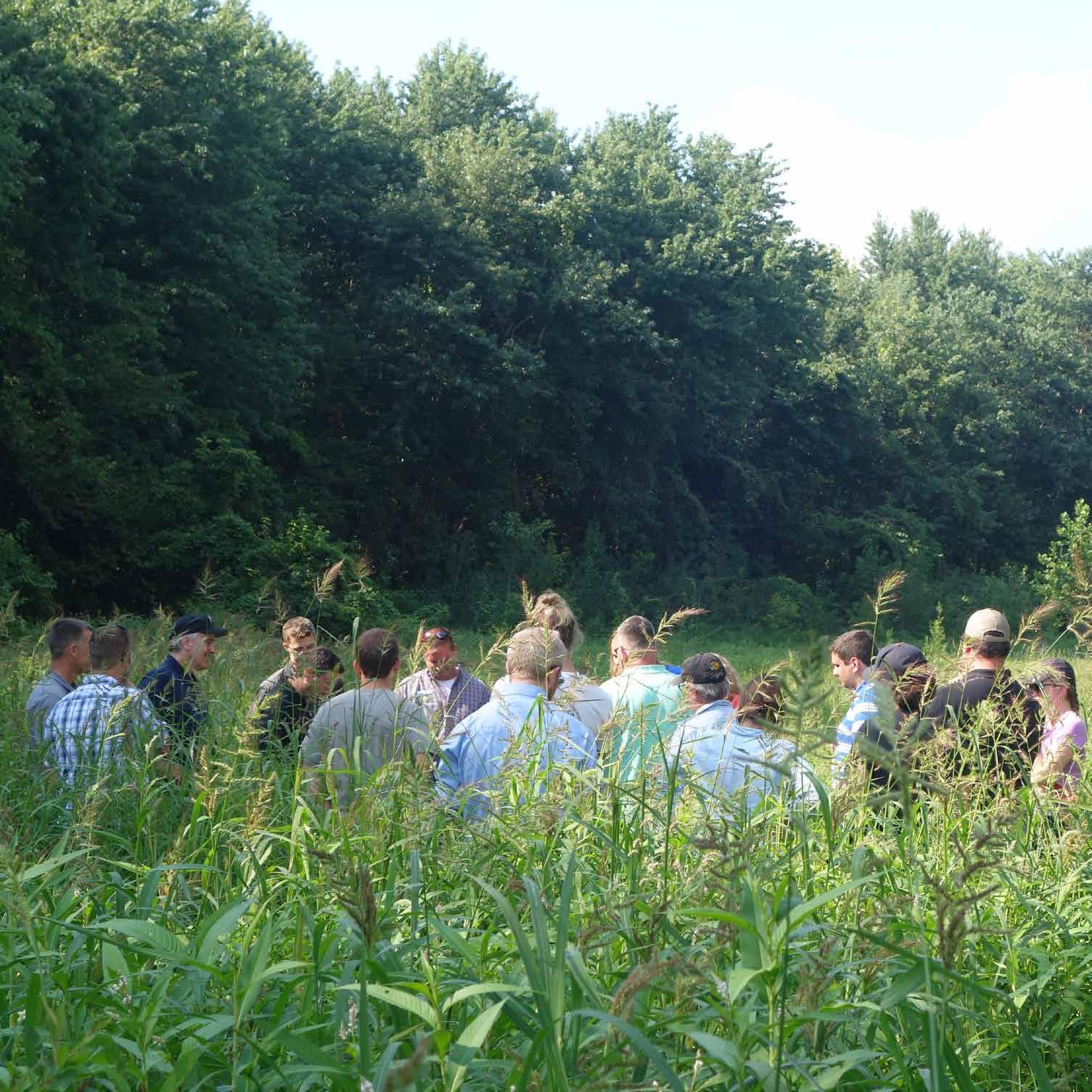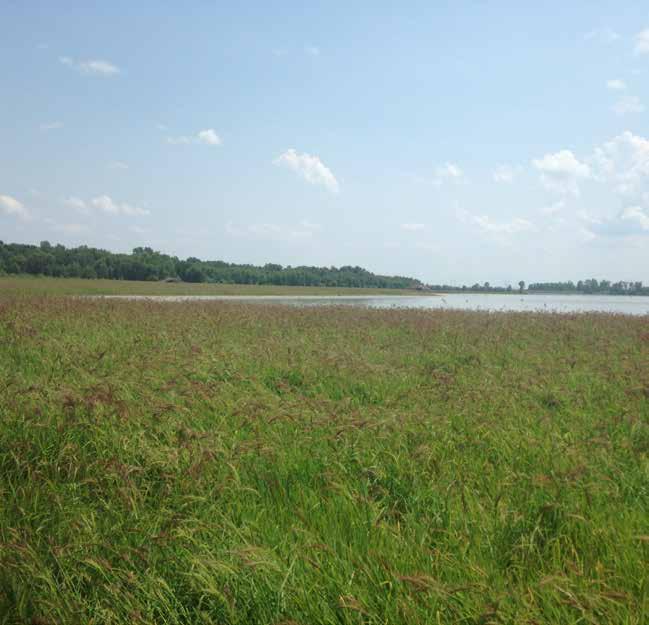
4 minute read
Environmental Pool Management
Upper Mississippi River, Missouri, United States
Improving ecological conditions through water management. In the early 1990s, state and federal natural resource partners on the Upper Mississippi River asked the U.S. Army Corps of Engineers (USACE)–St. Louis District to modify lock and dam operations at Lock and Dam 24 in Clarksville, Missouri; Lock and Dam 25 in Winfield, Missouri; and Melvin Price Lock and Dam in Alton, Illinois, to improve ecological conditions. To accomplish this, the St. Louis District increased the growth of aquatic vegetation during the summer while maintaining the authorized 9-foot (2.7-meter) navigation channel and staying within existing operating limits, a technique now known as environmental pool management. Over 30–40 days, the decrease in surface water elevations for about 160 kilometers exposes mudflats along riverbanks, around the perimeter of islands, and on the interior sloughs of islands, establishing optimal growing conditions. In 2015, the district began targeting 90 days of operation during the growing season, resulting in over 110 days of plant growth each year and reestablishing a perennial vegetation community of native arrowhead (Sagittaria latifolia) last seen in 1993. Monitoring efforts reveal improved sediment consolidation, fish and wildlife habitat, and critical pollinator habitat. With environmental pool management, the district has achieved ecosystem benefits while maintaining a safe and dependable navigation channel.
Article cover: USACE and agency staff meet on-site in Pool 25 to discuss project results. (Photo by Dawn Lamm, USACE St. Louis District)
Producing Efficiencies
Environmental pool management practices have consistently produced over 400 hectares of vegetation per year for little to no additional cost above normal operations. The technique consists of analyzing daily flow conditions and making corresponding gate changes at each of the three locks and dams to maintain targeted surface water elevations while also staying within authorized operating limits. Successful implementation has resulted in one of the largest and most efficient habitat restoration projects on the Mississippi River.

Using Natural Processes
Environmental pool management restores form and function to the river by reestablishing natural processes and reducing large and rapid fluctuations in pool level. Managing for reduced water levels during the growing season mimics the natural cycle that existed prior to construction of the lock and dam system on the Upper Mississippi River system, allowing for the growth of aquatic plants. Environmental pool management has also increased the natural geomorphic processes in the river, such as island building. This sediment consolidation helps maintain and enhance important river habitat types.

Broadening Benefits
While mitigating fluctuations in pool level benefits the navigation industry, river-based commerce, and the recreating public, the acres of vegetation produced provide important foraging habitat to waterfowl using the Mississippi Flyway. In 2017, the pools produced an estimated 950,000 kilograms of seeds, which waterfowl use during their winter migration. In duck energy days—the energy used by one duck for one day—these seeds can sustain the metabolic requirements of over eight million migrating ducks for one day. During the migration back north, the decaying plants cause a surge of aquatic invertebrates, fueling waterfowl returning to northern breeding grounds.



Promoting Collaboration
For over 25 years, this project has forged successful relationships, leading to incredible levels of cooperation between federal, state, local, and public partners. Success starts with discussions in early spring and, during active implementation, weekly coordination between all stakeholders. Collaboration with The Nature Conservancy, the Sustainable Rivers Project, The U.S. Fish and Wildlife Service, Missouri Department of Conservation, Illinois Department of Natural Resources, American Rivers, Upper Mississippi Basin Association, Audubon Society, the navigation industry, and numerous other stakeholders has been key to effectively balancing the economic, ecological, and social benefits derived from the river.








